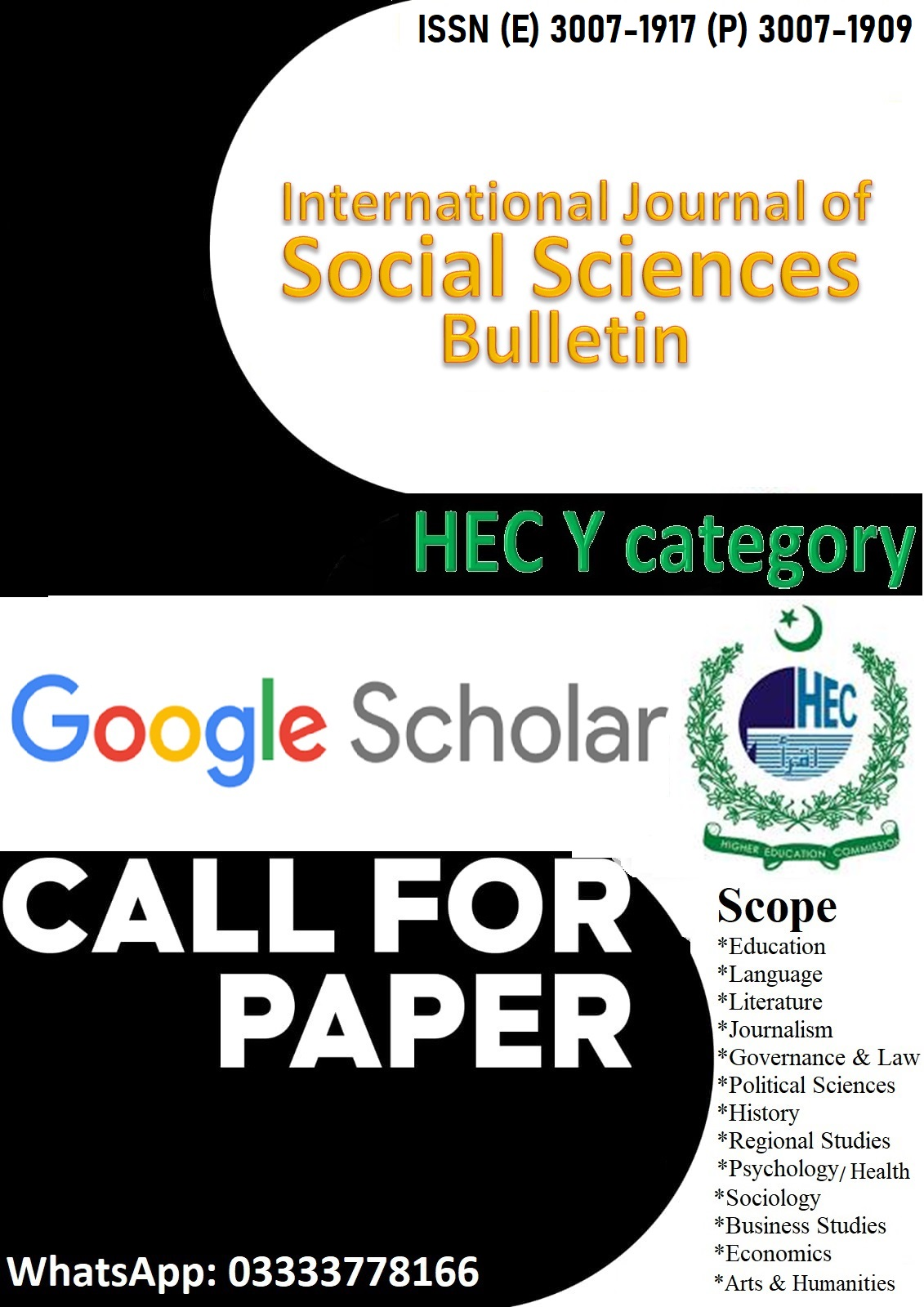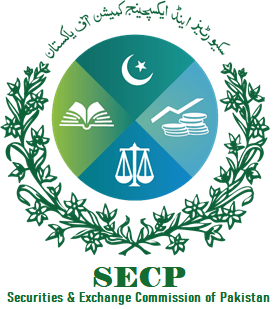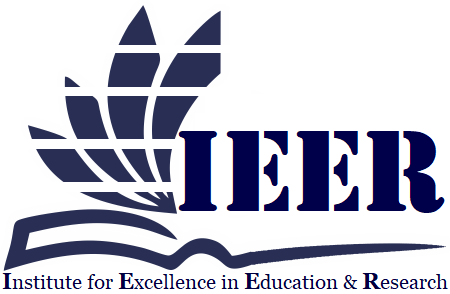GENDER-BASED IDEOLOGY IN PAKISTANI TV DRAMAS: A MULTIMODAL DISCOURSE ANALYSIS OF PAST VS PRESENT DRAMAS
Keywords:
Ideology, TV drama, multimodal,, present TV drama, past TV drama, discourse analysisAbstract
The study of multimodal discourse analysis sheds light on how society communicates verbally and visually. Through analyzing the discourse of TV dramas using images, text, and speech, the present study investigated the gender-based ideological changes in society as reflected in past and present Pakistani TV dramas. Four PTV dramas were selected as a sample using a purposive sampling technique. The study utilized the Descriptive Qualitative research method and applied Halliday's Systemic Functional Linguistics
(1994) to analyze visual and verbal modes. Kress and Van Leeuwan's (2006) visual grammar was used to analyze the visual data, while Halliday's (1994) transitivity was used to analyze the verbal data. The findings show that visual and verbal modes complement each other in modern society's representation of men and women. The study finds the different ideologies of Pakistani society, which analyze the portrayal of women's place in society, modernism, and gender inequality, which have changed over time, context,
background, and cultural adaptation. The results of this study are significant for Pakistani society, including parents, children, students, teachers, researchers, and drama producers, and contribute to the overall understanding of past and present multimodal discourse.

















